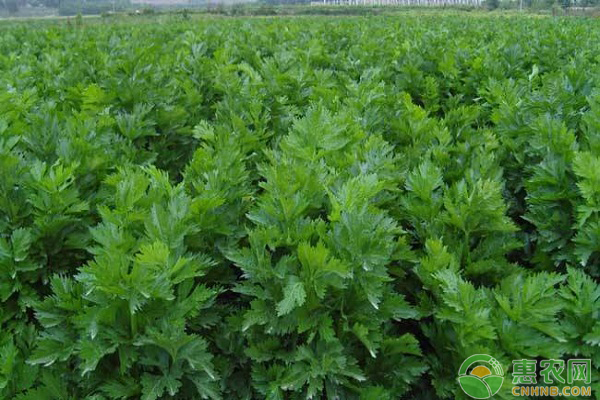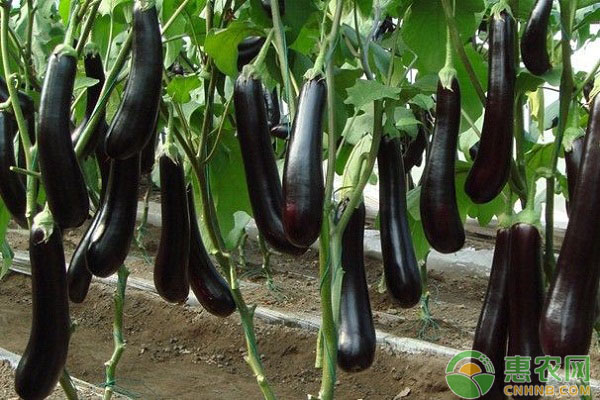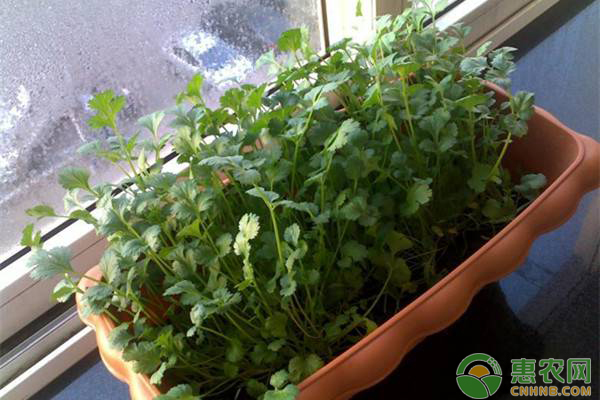As everyone pays attention to food safety issues, many people choose to grow their own vegetables, do not use pesticides, and eat easily. It can be described as true green pollution-free planting. However, during the planting process, there will be problems of incomplete or inconsistent vegetable emergence. Now, the following several soil methods are shared for the difficulty of emergence of several common types of vegetables.

The growers have responded to the difficulty in emergence of these types of vegetables, so what are the reasons for restricting the difficulty of budding these vegetables? There are two main reasons: the cause of the seed itself and the cause of the external environment.
1. The cause of the seed itself
First look at the coriander seeds, coriander seeds, many experienced farmers friends will use bricks and other things before planting, mainly because the seeds of the coriander we grow are fruits, and the real seeds are wrapped in the fruit. And the seed surface of the coriander has a layer of impervious grease. These combined factors cause the coriander seeds to be difficult to absorb water and difficult to germinate.
Then look at the celery seeds. The germination of celery seeds is basically the same as that of coriander seeds. It is because the surface of the seeds is very hard and it is not easy to absorb water, which makes germination difficult.
The difficulty in germination of carrots is mainly due to the presence of many bristles on the surface of the seeds. The contact area between the seeds and the soil is small, and the water absorption is difficult, resulting in slower germination. Usually, it takes only one week to germinate.
2. External environment
As we all know, biologically speaking, seeds must have three conditions for germination: temperature, moisture, and air are indispensable. A seed has only sufficient water absorption, and it can normally grow and metabolize at a suitable temperature and air to provide energy for germination. Some plant seeds are very easy to germinate, such as cabbage, radish, rapeseed and other cruciferous vegetables, can be directly planted with fine sand, and for many seeds need to be immersed in advance, usually in the 24-48 hours And the suitable temperature for germination of vegetables is not the same, such as celery, carrots, etc., which require low temperature germination, suitable temperature is about 15~20 degrees, while vegetables like cruciferous such as eggplant and rapeseed are high temperature germination, and the germination temperature is 25~30 degrees. At the same time, in order to provide sufficient oxygen to the seeds, it is recommended that the growers water to see dryness, avoid soil compaction, and affect the permeability of the soil.

After we know the two conditions that affect seed germination, we can increase the germination rate of seeds by simply satisfying these two conditions during planting:
Soaking seeds
It is recommended that growers use soaking seeds when planting similar seeds and vegetables in order to make the seed emergence uniform. Specific practice: soak the seeds with normal temperature water for 24 to 48 hours, in order to facilitate the water to fully swell and break the seed dormancy. Taking coriander as an example, the seeds of coriander are concave (after prying), find a container to soak the seeds as much as possible. If there is floating, the seeds are immature and can be picked up. After soaking, the fine sand is mixed evenly, and then dispersed. This germination is faster and evener.
2. Germination
Here, I will introduce you to the method of germination of two soil methods. Place the coriander seeds in the refrigerator at night, wash the seeds once a day, and sown in about 3 to 5 days. Another method is to use the water wells in the countryside to carry out germination, and put the seed sandbags into the water wells at a low temperature for germination. Generally, the celery seeds can be sown for five to seven days. Do not let the buds grow too long to avoid damage! If the planting area is large, it is recommended that the grower use hormones to treat the seeds, break the seed dormancy, and promote seed germination. Hormone treatment: Treatment of seeds with 10-20 mg/kg gibberellin solution can significantly increase germination rate. The potato stems were immersed in a 25 mg/kg gibberellin solution for 30 minutes, not only early germination but also high germination rate.
3. Sowing
After the germination is completed, the next step is planting. After the farmers have finished the land, they will then fertilize. It is recommended to use organic fertilizer as the main compound, combined with compound fertilizer and phosphorus-calcium fertilizer. The conditional growers recommend using some humus. Acidic fertilizer can improve soil pH, stimulate physiological metabolism of seeds, promote early seed germination, and stimulate root growth. The growers spread the seeds evenly in the ground, then flattened them with their feet. After a few days, they dried up and dried again, and kept moist until they emerged.

At the same time, it is necessary to remind the growers that if the weather temperature after planting is too high and the plant buds are not burned by the soil, it is recommended that the growers can cover the surface with a layer of straw or reed after planting to reduce the temperature and avoid evaporation of soil moisture. Too fast to improve soil moisture. I believe that with the above points, these vegetables will sprout quickly and neatly.
Automatic Fire Alarm Control Panels And Fire Display Panel
Fire Control Panel,Fire Alarm Control Panel,Intelligent Fire Alarm Control Panel,Linkage Control Panel
LIAONING YINGKOU TIANCHENG FIRE PROTECTION EQUIPMENT CO.,LTD , https://www.tcfiretech.com